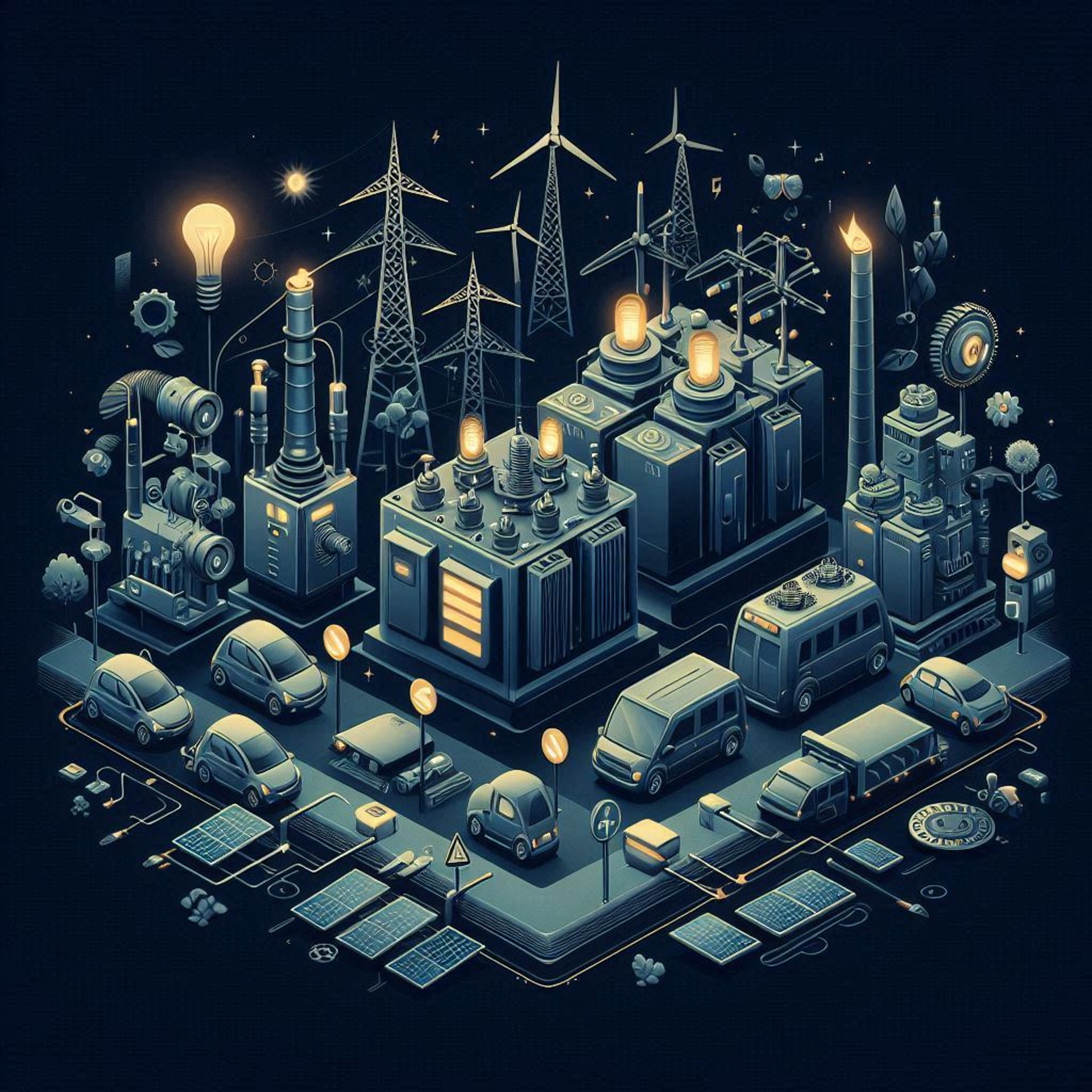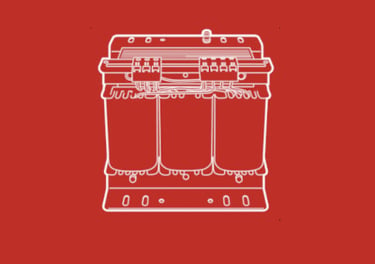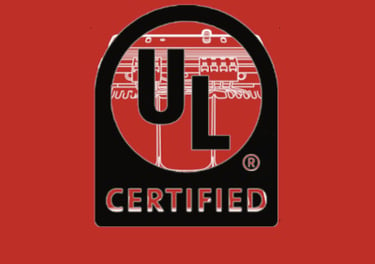
Three-Phase Auxiliary Services
Transformers
Three-Phase Auxiliary Transformers
A three-phase auxiliary services transformer is an electrical device used to supply power to the auxiliary systems of a substation, power plant, or industrial facility. These auxiliary systems include lighting, control systems, protection equipment, ventilation, heating, pumps, compressors, and other essential devices that ensure the operation and safety of the main installation.
General Description of Three-Phase Auxiliary Transformers
1. Main Function:
To convert the voltage levels of the main power network to lower, suitable voltages for supplying auxiliary equipment.
They typically convert medium voltage (e.g., 13.8 kV) to low voltage (e.g., 400/230 V).
2. Typical Features:
Type: Three-phase, as many industrial auxiliary systems operate on three-phase power.
Power Rating: Typically low to medium capacity (from a few kVA to several hundred kVA), depending on the size of the installation.
Frequency: 50 Hz or 60 Hz, depending on local standards.
Transformation Ratio: Commonly from medium voltage (MV) to low voltage (LV). Example: 13.8 kV / 400 V.
Cooling:
Dry-type (AN/AF): Recommended for indoor or clean environments.
Oil-immersed (ONAN/ONAF): More common in outdoor settings or higher-power applications.
Winding Connection:
High Voltage: Star (Y) connection with accessible neutral.
Low Voltage: Star (Y) or Delta (Δ), depending on requirements.
Insulation: According to IEC, IEEE, or ANSI standards; thermal insulation class suitable for the operating environment.
Applicable Standards: IEC 60076, IEEE C57, NEMA, among others.
3. Common Applications:
Electrical Substations: Power supply for lighting, ventilation, heating, control, and protection systems.
Power Plants: Supply to auxiliary plant systems such as pumps, starting motors, SCADA systems, etc.
Industrial Facilities: Power for internal distribution panels and critical process equipment.
Transformation Centers: Voltage reduction for low-voltage circuits.
4. Design Considerations:
Location: Indoor or outdoor (affects IP protection rating and cooling system).
Safety: Protection against overloads, short circuits, and overvoltages.
Accessibility: Easy connection and maintenance.
Noise: Especially relevant in urban areas or enclosed facilities.

Three-Phase Transformers
Range: 300 VA to 100 kVA
Standards: EN 61558-2-4/2-6
Windings: Class H
Core: Low-loss laminated steel
Protection Degree: IP00
Terminal Protection Degree: IP20 up to 60 A
Thermal Class: Class F
Insulation Voltage: 4000 V between windings – 2000 V between windings and ground
Protection Class: Class 1
Varnish: Tropicalized
Frequency: 50/60 Hz
Duty Cycle: Continuous




UL-Certified Three-Phase Transformers
Range: 300 VA to 100 kVA
Product Category: XPTQ2, XPTQ8
Standards: EN 61558-2-4 or 2-6, UL5085,
CSA C22.2 No. 66.1
Windings: Class H
Core: Low-loss laminated steel
Protection Degree: IP00
Terminal Protection Degree: IP20 up to 60 A
Thermal Class: Class 155
Protection Class: Class 1
Varnish: Tropicalized
Frequency: 50/60 Hz
Duty Cycle: Continuous
Connections: Standard Delta-Star configuration
Other connections available upon request
info@trafotor.com
Tel.: + 34 865 582 215
Polígono Industrial El Rubial calle 5, nº 2
03400 Villena (Alicante) SPAIN
TRAFOTOR Policies

